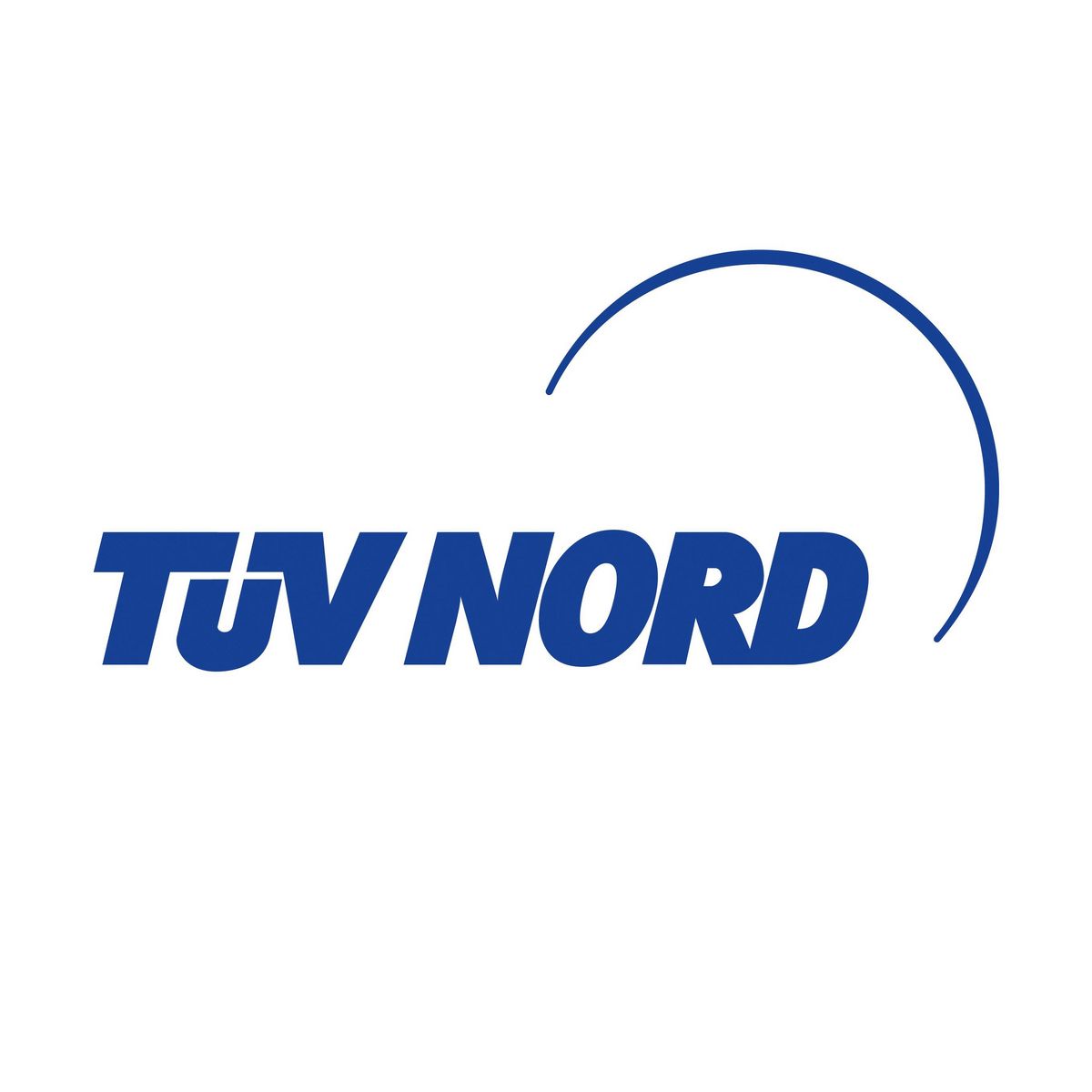Electrostatic discharges (ESD) are an everyday phenomenon. Particularly in winter, all of us have received an electric shock when the air is cold and humidity is low. Whilst human beings do not feel any effects from ESD apart from a slight tingling sensation, the impacts on electronic components and systems can be serious and can lead to expensive damage. According to estimates by Thomas Weber, who heads the TÜV NORD EMC laboratory in Hamburg, electrostatic discharges cost manufacturing industry millions of Euros each year.
ESD effects lead to failures in electronic circuits and these in turn can lead to vehicle breakdown or to standstill of a process or a complete production line. In the worst case, combustible gases can be ignited as a result of ESD. Not infrequently, ESD also provides an explanation for otherwise inexplicable failures, as the basic damage is not identified until much later. Thomas Weber: “The effect results from the fact that insulation layers in the electronic components suffer damage. This damage may be only a few microns in extent, but can still lead to fatal short circuits. The damage cannot be seen with the naked eye.”
If a chip fails in the control electronics, often everything comes to a standstill. Even if the chip costs only a few Euros, the expense that can result from the downtime for the repair can be very high indeed. Current protective measures include consistent avoidance of electrostatic discharges and the use of shielding or dissipating materials. “The problem is the ability to offer comprehensive protection, so that the entire chain of production is safe. Manufacturers often take the actual production area into consideration, but forget that logistics processes are also important in order to be able to guarantee a safe product at the end”, explains Weber.
Ever more factories are going over to having effective protection against ESD tested within the framework of certification. The testing is based on DIN EN 61340-5-1. Through the neutral testing procedure, companies receive precise information as to whether their investments and measures aimed at preventing negative impacts of ESD – which are often very costly – fulfil their purpose. Auditing by independent experts therefore contributes to prevention of financial losses and sustainable reduction in operating costs. In addition, the certificate can be used as evidence when demonstrating to customers that the products on offer have low failure rates, and are regularly inspected in this regard by a competent, independent body. “As in other areas, we have also experienced here that careful quality management often makes work easier, as fixed and specified processes help to avoid uncertainties and optimise workflow. In the end trained and conscientious employees play a key role”, says Weber.
Information on ESD certification is available at http://www.tuv-nord.com/en/electromagnetic-compatibility/esd-electrostatic-discharges-104605.htm or by calling +49 40 76629-3412.
About TÜV NORD GROUP
With over 10,000 employees, TÜV NORD GROUP is one of the largest technical service providers, offering its advisory, service and inspection expertise in over 70 countries throughout the world. Areas of activity include Industrial Services, Mobility, IT and Training. TÜV NORD GROUP occupies a unique position in the sector based on its work in the fields of natural resources and aerospace and is firmly committed to its guiding principle and watchword: “Excellence for your business”.
